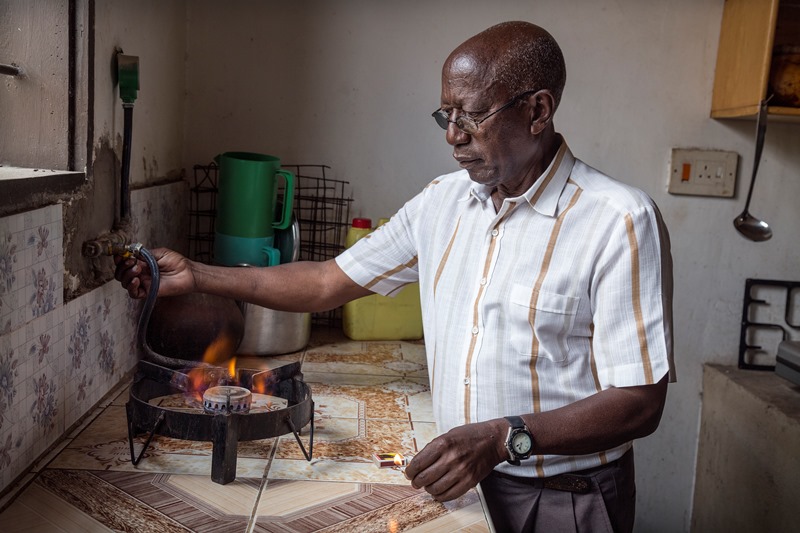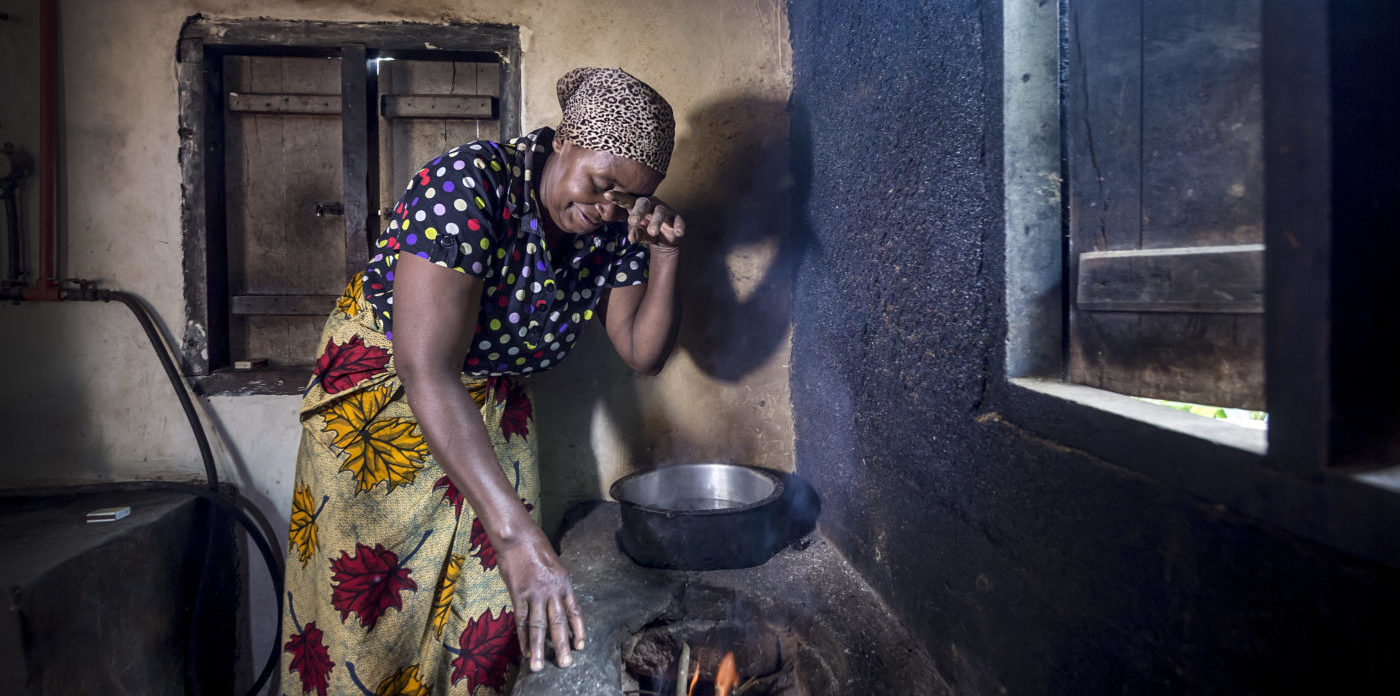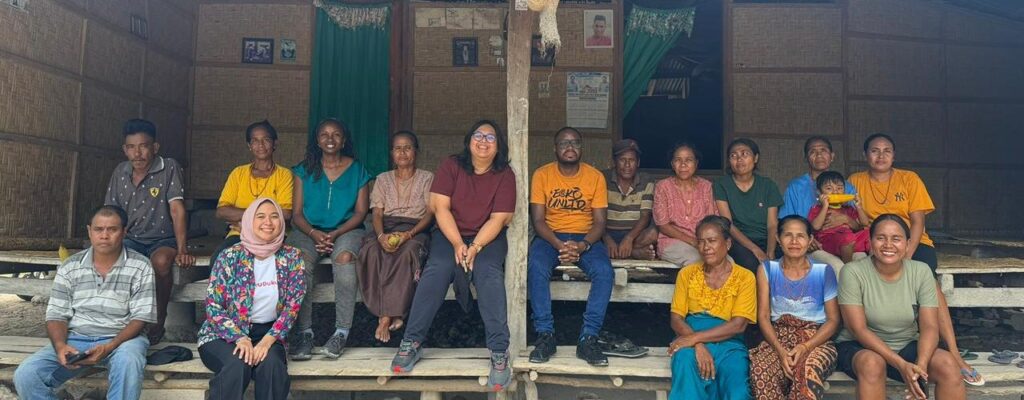Guest blog by Thabit Mikidadi
From sexy and cool to a sign of bad choices and unhealthy habits; conversations around cigarette smoking are starting to shift thanks to decisive campaigns that have reduced its usage after many health-related complications were attributed to its use. The use of cigarettes has been declining worldwide especially in the West thanks to the fact that smoking is no longer convenient or exciting. Those who continue to smoke are usually met by angry faces whenever they want to light their cigarettes in public, or have to endure seeing horrendous images in the packets whenever they buy them.
Focus on behavioral change
The campaign against cigarette smoking is among the most successful public health initiatives of the 20th century and teaches us one lesson – awareness alone is not enough. Significant and decisive actions are necessary to bring a major shift in behaviors.
In relation to energy, especially energy for cooking, the majority of choices we make on energy use are highly shaped by our behaviors. That means even though most of the time we might be aware of the consequences such as the use of charcoal in cooking, we still continue with the norm because we are already ‘hooked’ in some sort of vicious behavioral circle. Human beings have evolved to pursue convenience because it is less dangerous and requires less bodily energy. In this regard, some behaviors we have are purely because they are things we know and we find easy to do given certain circumstances in our environment. To overcome this, our public campaigns need to go beyond awareness about unclean cooking fuels and technologies and start using messages that trigger behavioral changes.
One of the things which made people shun cigarettes was vilification of them; which was done systematically within media and even at some levels in schools. Removal of cigarette adverts in television and billboards was effective and made people forget the perceived experiences (good times, sexiness etc.) they brought. Printing pictures of bodily parts that are affected by smoking (lungs or hearts) on cigarette packs was also powerful enough to scare some people from buying them and start questioning their choices and eventually quit. These lessons can be applied in public campaigns that targets to reduce the use of biomass in cooking, especially charcoal and firewood. Making graphic examples of the effects of using them and formulating methods which make people start to question their choices overtime can play a huge role in cutting down biomass usage.
Instead of just telling people that charcoal causes loss in forest cover, show them images of forests that have been wiped down, dry streams which once flowed and plainly tell them it is their fault. Another way is to put up billboards showing the effects of using charcoal in places where they sell them with catchy messages such as: “For every tin of charcoal you buy, you kill (number) trees, when the trees are gone, you will follow soon”. Another way is running TV ads during prime time news shows with messages such as: “What energy did you use to cook your food today? If it’s charcoal you’ve cut down (number) trees, you are the cause of hunger/famine/climate change”.These kinds of messages have an emotional connection and they work better than just informative messages. Over time, we can start to witness a change in behaviors which lead to changes in choices behind cooking energy.

Give people options
But we should not forget that while we’re vilifying charcoal or firewood, we should direct people to make good choices. Hence these campaigns should be accompanied by crucial information about cooking energy solutions that are clean and sustainable in order to discourage people from reverting to their old habits because of no options. Hence comparative messages like “This amount of charcoal is equivalent to this amount of electricity” or “15 minutes of charcoal use is equivalent to (number) minutes of LPG use” are important. These messages should focus on telling people that whenever they want to make a change, it will not be as costly.
It is important to ensure that there is a balance between the options which are campaigned for and those which are against. If there are no options available to facilitate a change in behavior, people will revert to their old convenient ways; and to change them again will be a little harder.
The journey towards a charcoal/firewood-free kitchen will be longer, but its success lies on proper deployment of effective strategies, pursuit of innovative ways and learning from other successful interventions.
About guest author
Thabit Mikidadi is a Program Officer at the Tanzania Gender and Energy Network (TANGSEN). This blog represents Thabit’s personal views.
This article was originally published on Hivos East Africa.




